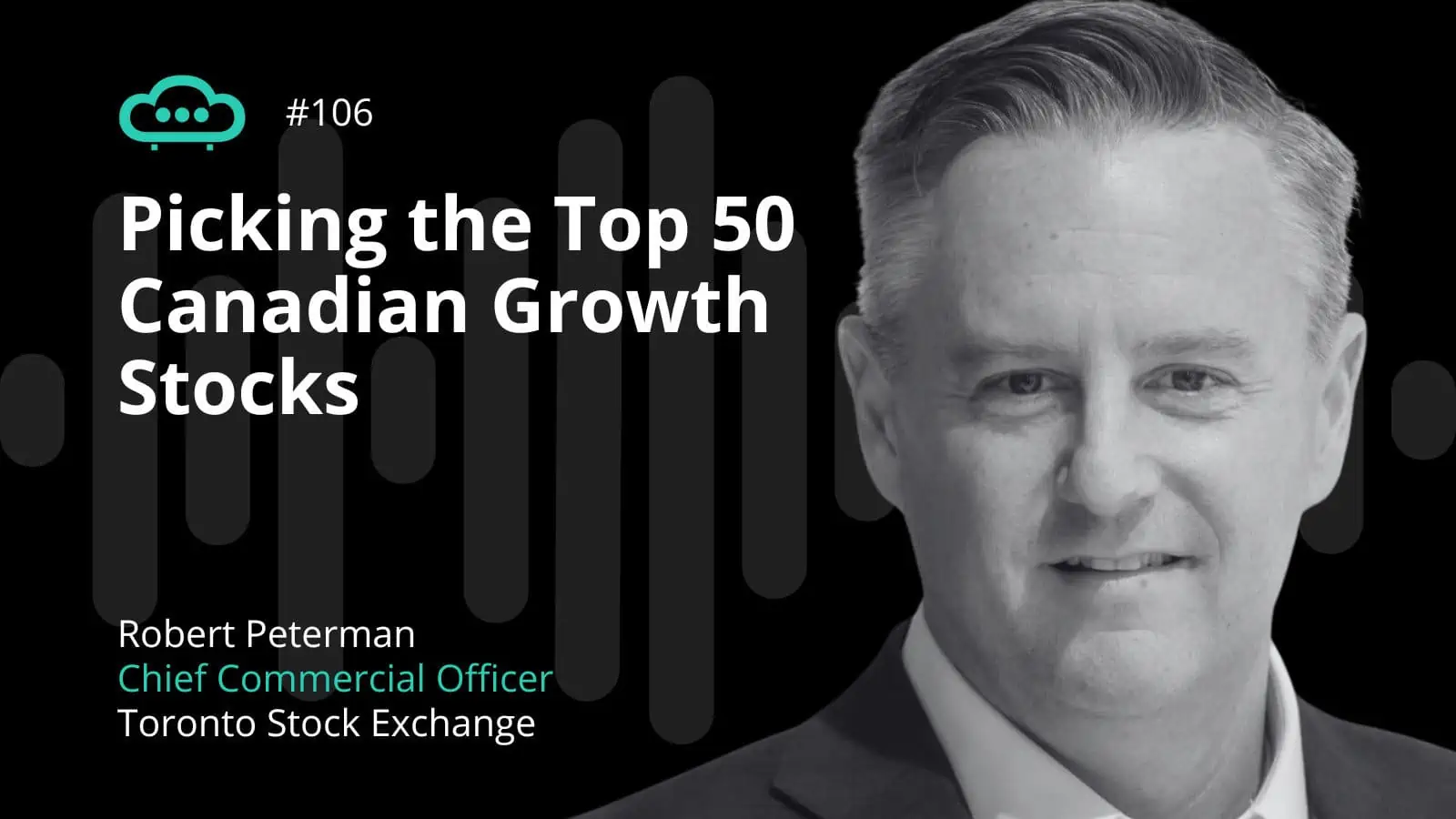Could commodities markets be making a quiet come-back? It certainly seems so, with commodity indices up in 2016 and with the wider inflationary expectations rising following the election of Donald Trump last year. Commodities markets usually do well during inflationary periods, which also explains why they were not performing so well prior to 2016.
But let’s say you are interested in trading the so-called ‘soft’ commodities through the current inflationary cycle – what do you need to bear in mind? Traders who have been following these markets will have seen them go through both feast and famine in recent years: coffee shot up to $3/lb because of rust disease, but then dropped back to $1. And sugar hit 35 cents/lb before it was subjected to a four year bear market from which it has not fully recovered, even with its recent bull run.
Each of the main soft commodities – coffee, cocoa, cotton and sugar – tend to plough their own furrows when it comes to price action. So cocoa had a great year in 2002, during a recessionary bear market, and was the best performing commodity market in 2015, when falling oil prices were weighing down commodity indices.
One of the reasons for this is the slow supply response for these markets.
“Whereas oil spigots can be turned on and off daily, cocoa, coffee and sugar have multi-year production cycles, up to 20 years for cocoa trees for example,” says Oliver Kinsey, a portfolio manager with hedge fund Ballymena. “Cotton’s cycle is one crop per year per hemisphere. Hence there are big delays in getting supply responses to price signals.”
While cotton might be substituted with other materials if it gets too expensive, this is not the case for the other softs. On top of that, they are also subject to output concentration. This means that highly localised production distribution can quickly upset a market. Take for example French West Africa, which accounts for 70% of global cocoa production. It does not take much – a drought for example – to quickly drive prices up. Brazil accounts for half the global production of Arabic coffee beans – again, weather or pests that damage the Brazilian harvest will also have a direct and appreciable impact on the coffee market.
- Cocoa futures hitting historic highs as short squeeze starts to bite
- Cocoa prices reach an all-time high
- Cocoa prices head for $4,000/t, a 45-year high
How to benefit from commodities price changes
Successful trading of soft commodities, whether you are using futures, CFDs or ETFs, boils down to being aware of trading conditions on the ground. That’s why many successful commodities traders start their careers working inside organisations that are responsible for production and sale of commodities. It provides them with insights into the dynamics that drive the markets.
I’ll give you a prime example – I once advised a client that was responsible for much of the logistics required to transport and store cocoa in West Africa, dealing with small farmers, governments and cocoa buyers, all at the same time. It became increasingly obvious to me that this company’s assessment of the future size of the cocoa harvest – in Ghana for example – was different from that being predicted by analysts in Chicago and London. This is because they were on the ground in Africa, visiting the farms, and could make a much more accurate evaluation of the cocoa crop. Had I been trading cocoa futures at that stage, I’d have been looking to build a short position, as I could see the market was being over-optimistic in its assessments.
Good traders value good sources of information
Hedge fund manager Kinsey cites Vietnam as an example of chequered information sources when it comes to evaluating the impact of weather on crops:
“Plenty of information and data is publicly available in coastal areas but there is a lack of weather stations in the highlands of Vietnam and it is these microclimates that are relevant,” he says. “Yet weather is only one factor and optimal weather does not always lead to a good crop, as technology, disease, maltreatment and husbandry are also relevant.”
Some commodities traders are very technical in their analysis, while others rely on fundamentals. Yet some of the more successful commodities players are the fundamental traders; they only turn to more technical analysis of commodities markets when these markets are very loose, and this is not always the case. Part of the skill is knowing when to rely on technicals, and when to bin these in favour of fundamental analysis, because unlike gold and oil, softs require a little more homework on the markets and what makes them tick.
Example: Ethanol parity
Seasoned traders of softs are often aware of how other markets can impact the commodity they are focusing on. This can be as banal as changes in currencies, but it can also be more esoteric. For example, there is a relationship between sugar and ethanol prices. In October 2016, sugar prices broke out of their trading range against ethanol. Before dropping back again. This was largely driven by speculative action.
The relationship between sugar and ethanol occurs because sugar mills in Brazil, one of the biggest sugar producers, can switch between ethanol and sugar, depending on what looks more lucrative. Because ethanol is also used in cars in Brazil, if oil prices get higher, again, mill owners may be tempted to switch to ethanol in the pursuit of profits, leading to less refined sugar on the market.
We will be revisiting the topic of intermarket analysis again in future posts, particularly as it applies to commodity markets. Do make sure you check back regularly.












